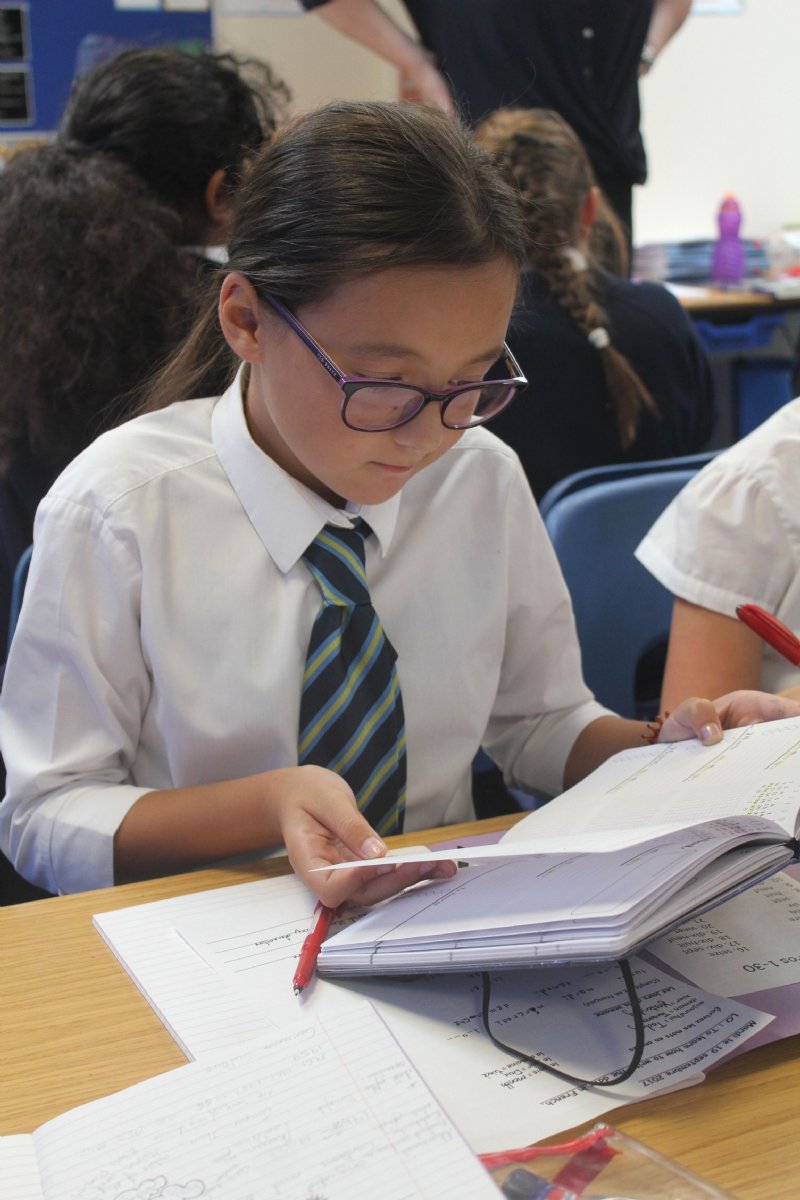SATs
SATs were the current Nationalised Tests for the end of Key Stage 2 (Year 6) in Numeracy, Grammar,Punctuation and Spelling as well as Reading.

KS2 Results explained
All papers children take at Key Stage 2 are marked externally and the results are used to measure the school’s performance.
From 2016, National Curriculum levels were abolished and instead children will now receive a scaled score. Their raw score (the actual number of marks they get) will be translated into a scaled score. Tests are set each year to the same specification, but because questions must be different, the difficulty of tests may vary slightly each year. For this reason, raw scores are converted into scaled scores to ensure accurate comparisons of pupil performance over time.
A scaled score of 100 or more means a child is working at the expected standard – termed ‘AS’, while a score below 100 indicates that a child hasn’t reached the government expected standard – termed ‘NS’. The maximum score possible is 120, and the minimum is 80.
To meet government expectations, pupils must achieve 100 in their scaled scores. However, this equates to different marks for each paper (maths; reading; grammar, punctuation and spelling) and can change each year.
When will you receive the results?
For key stage 2, many schools send a sheet of results home with the child’s end of term school report. Each child will receive confirmation of whether they achieved the national standard. (‘NS’ means the expected standard was not achieved; ‘AS’ means the expected standard was achieved). As a parent, you might be given your child’s scaled score or a code but you are unlikely to be told your child’s raw score.
Will the SATs results be used by secondary schools?
Secondary school teachers will be told their incoming pupils’ SATs scaled scores. The way these scores will be used will vary between schools; some will use scaled scores to set year 7 pupils in maths and English, others may use a combination of SATs results and year 7 CATs (Cogitative Ability Tests) or their own internal tests at the start of secondary school.

